As a well-fed kitty Couscous doesn’t get too excited over wild food but we do. She weights 10.5 pounds and sharing the box with her is a 6.5 pound edible Bunya Pine cone. The Bunya Pine is a close relative to the Monkey Puzzle Tree which produces a similar edible fruit except rounder and more porcupine looking. And it’s a stretch to call them pines or the fruit “cones” but it will do.
The tree is native to Australia but exported around the world for a few centuries. The Bunya Pine is naturalized in south Florida but can be found in landscaping in other warm areas of the United States and elsewhere. None have made the official maps locally. However my friend Marabou (see Yam Harvest on You Tube) tipped me off to where there was one dropping cones so I had to take a look, and taste. And dropping is the lethal word. A six pound cone dropping 50 feet or more easily has enough impact to kill a person. If I can figure out my new video camera dismantling the cone may be my next topic de film forage.
The east coast was the focus of class this past weekend with one Saturday in West Palm Beach and another Sunday about 100 miles up the coast at Melbourne Beach. At West Palm we found an abundance of Cocoplums fruiting as well as Stimpson Stoppers. Conversely in Melbourne Beach the stoppers were berryless. It was our first visit to Melbourne Beach at the Maritime Bird Sanctuary, a 150 acre park with plenty of trails. We found plenty of edibles from the tasty Natal Plum to wild cucumbers and seasonal Seablite (see article below.) The park also has a large Gumbo Limbo tree, no edible uses but some medicinal applications. What’s unusual about the tree is that it is at the extreme end of it’s northern range. One seeds it in landscaping at the southern end of the state but I’ve not seen it in the wild per se. The sanctuary is an odd location in that it is both high and dry but also low and wet plus it has the intercoastal waterway on one side and the ocean on the other. There’s a lot diversity there (but no bathrooms.)
Willows taste like medicine and there is a reason why: For thousands of years they have been used as medicine. I’ll admit that is not a causal relationship but willows have been used for pain relief at least since the time of the ancient Greeks. The inner bark of the willow is a famine food as are the growing tips which can be boiled. They’re high in vitamin C. All of the above ground parts of all the trees in the genus are bitter. They taste like aspirin and work similar to aspirin though the efficacy varies from species to species. There are several species locally with two being quite common, Salix caroliniana and Salix nigra. They appear similar except the latter looks like it has a 10% gray screen on it.
Botany Builder #27: Crenulate (CREN-you-lit) from Dead Latin Crena meaning notch. It is used to describe small rounded teeth. By far the best example we have locally of a credulate leaf is the Ilex vomitoria which is used to make a caffeinated tea. When made and used like a tea it is a fine beverage and was literally enjoyed by millions. When made into a decoction, it will make you throw up.
Upcoming classes: Saturday, July 13th, Red Bug Slough Preserve, 5200 Beneva Road, Sarasota, FL, 34233, 9 a.m., Sunday, July 14th, Bayshore Live Oak Park, 23157 Bayshore Rd., Port Charlotte, FL, 33980, 9 a.m.
If you could choose one wild plant to become a commercial product, what would it be?
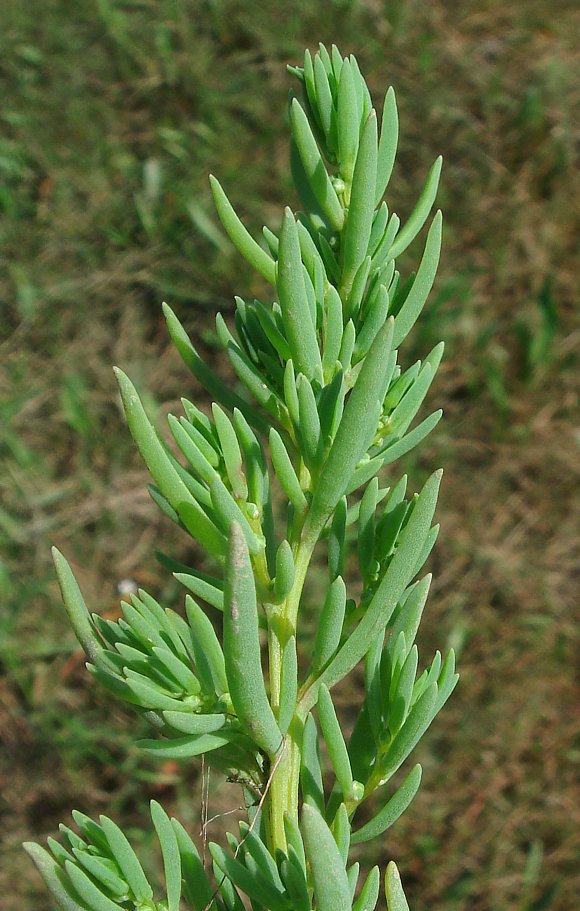 Many people have tried to make poke weed (Phytolacca americana) a green in your local grocery but toxicity and the required two-boilings have always plagued its commercialization. The ground nut (Apios americana) was one of the original exports from colonial America but it has at least a two-year growth cycle. Louisiana State University (1984-96) developed a commercial variety but the program disappeared when the professor-in-charge, Bill Blackmon, changed colleges. In 1962 Professor Julia Morton of the University of Miami recommended Spanish Needles (Bidens pilosa) become a commercial product. A half a century later that hasn’t happened, perhaps because of flavor or the fact it can grow almost anywhere as a weed. My candidate would be Suaeda linearis, Seablite, and if I could figure out how to do it I would.
Many people have tried to make poke weed (Phytolacca americana) a green in your local grocery but toxicity and the required two-boilings have always plagued its commercialization. The ground nut (Apios americana) was one of the original exports from colonial America but it has at least a two-year growth cycle. Louisiana State University (1984-96) developed a commercial variety but the program disappeared when the professor-in-charge, Bill Blackmon, changed colleges. In 1962 Professor Julia Morton of the University of Miami recommended Spanish Needles (Bidens pilosa) become a commercial product. A half a century later that hasn’t happened, perhaps because of flavor or the fact it can grow almost anywhere as a weed. My candidate would be Suaeda linearis, Seablite, and if I could figure out how to do it I would.
Seablite has everything going for it except perhaps for its name. It’s mild but tasty, has excellent texture, can be eaten raw or cooked though cooked is the usual way. It’s nutritious, stores well, looks good, easily grows in salty ground (read unused land) and even feels good to handle. About the only downside, for me, is that I have to drive about 60 miles to get some. I need to introduce it to my garden.
Think of Seablite as a Chinopodium that likes to grow in salty places, either near the ocean or salt licks. It has a high sodium content but boiling reduces that significantly. If you live anywhere near the ocean or inland salty areas, now and the next few months is the time to go looking for seablite and seepweeds.
 And a reminder that my foraging videos on You Tube are now available in DVDs. They are the same videos you can watch for free on the Internet but some folks like to have their personal “hard” copy. There is a slight difference between the set and the Internet. Some of the earlier videos were slightly enhanced by several digital processes when made to fit the DVDs. The nine-volume set includes the first 135 videos (for less than $1 each.) You can find the link for the DVDs on on the upper right click here.
And a reminder that my foraging videos on You Tube are now available in DVDs. They are the same videos you can watch for free on the Internet but some folks like to have their personal “hard” copy. There is a slight difference between the set and the Internet. Some of the earlier videos were slightly enhanced by several digital processes when made to fit the DVDs. The nine-volume set includes the first 135 videos (for less than $1 each.) You can find the link for the DVDs on on the upper right click here.
Lastly as there are five Tuesdays in this month there will be no newsletter next week so I can visit out-of-state relatives.

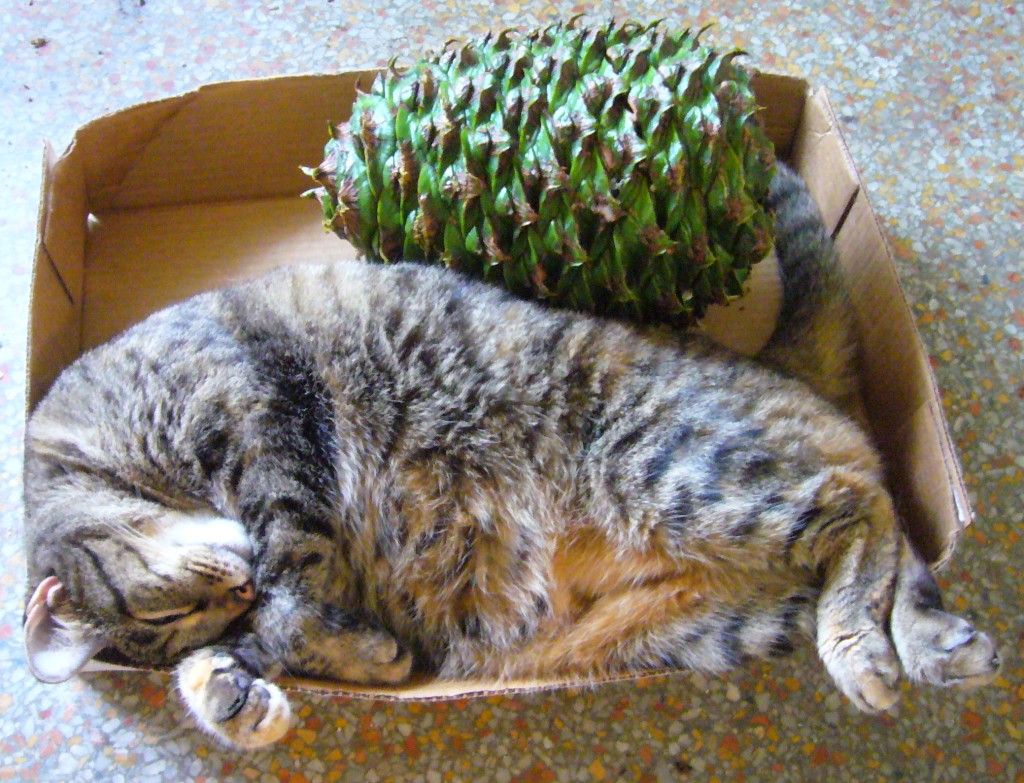
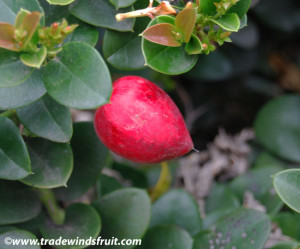
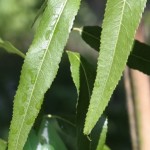
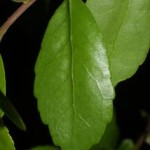

Some of us don’t trust our memory so we download all of this informaation onto memory cards. We never can tell when we might find ourselves lost or away from civilization and therefore the local neighborhood store. Bringing to mind a thought that came to many others before it made it’s way to my brain. Food will always be where you find it. But only if you know it to be actual food. Knowledge really is Power.
This is the first time I have read one of your newsletters. I enjoyed reading it very much. I have several natal plums started from seed. I have seen them as hedges in our area. I also enjoyed reading about the Tropical almonds. thank you for a very interesting read and the pictures.
What plant has seeds that look like little barells?
I think you mentioned the plant in a video Dean, but I cant remeber which one.
Purslane has seed pods like little barrels.
Hey there,
I have been adding your web pages on specific plants to our website at allnative.biz.
Just wanted to let you know.
Hope to come to some of your classes!!!
Cathy Loyola
You named your cat Couscous? How adorable!
Courcous is a sweet girl.
My favourite wild edible here in Finland is Suolaheinä, which wikipedia says:
https://en.wikipedia.org/wiki/Rumex (docks and sorrels).
The taste is really citrus sharp, but quite pleasant — especially when mixed with other greens.
I have a question : we tried pokeweed shoots this spring , they were very good , but labor intensive D/T the boiling water exchanges . Are there any methods/recipes for the berries ? I dyed wool with them before , which gave it a nice flesh tone . I heard of poke berry wine , does the fermentation render them safe ? I’d love your advice !
Thanks , great website ! Although I live in NY state , I can still glean some info with your FL info !
Leave the berries alone unless you are consulting an herbalist.
I grew up in Queensland Australia where the bunya nut originates. I can attest to the quality of the nuts, they have to be roasted or cooked somehow, but they have a splendid chestnut-like flavor – less sweet but very fleshy. During the years when bunya nuts are produced the South Queensland Aboriginal tribes would come from hundreds of miles away for ritualistic feasting and partying. By the way Araucarias are not that distantly related to pines – sort of like the Southern Hemisphere version.
I have been reading your newsletters for a short while and was so excited about the natal plums! I grew up in southern California, and one of my neighbors had this plant as a hedge around his yard. I have never seen it anywhere else, and could only remember that he called it a wild plum. Every so often, I would try to figure out what it was, but since it was grown as a hedge and all the plums I ever knew about grew on trees… well, anyway, it’s been a few decades, and now I know what that plant is! I’m not a botanist, more a jack of all trades, but I never let go of a puzzle. Thanks for providing my missing piece!
are you going to make any videos on nightshade/ can the domestic tomato leaves be eaten? is the same true for the domestic potato?
I’ve done a video on at least one edible nightshade (Solanum americanum) and no, do NOt eat tomato leaves or potato leaves.